Disciplinary Letter Templates for Professional Use
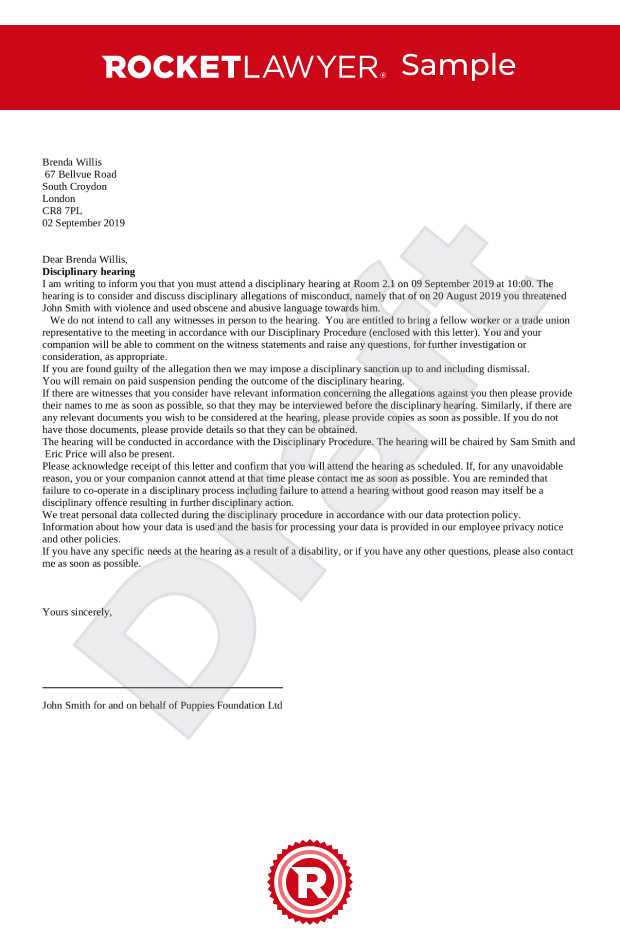
When managing workplace behavior, having structured, well-crafted documentation is essential. Such documents provide clarity, set expectations, and ensure that any issues are addressed professionally. They are designed to outline specific concerns, highlight expected changes, and serve as a formal record of communication between employers and employees.
Why Use Structured Documentation?
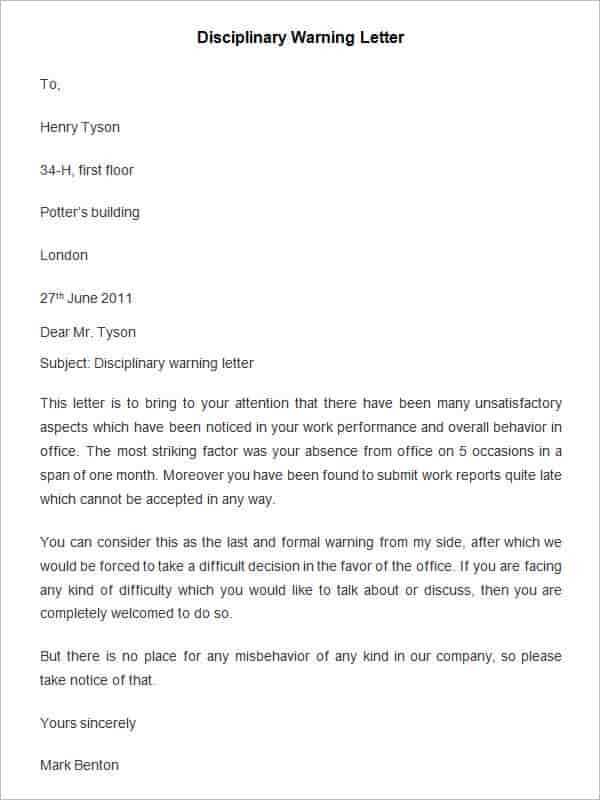
Having predefined formats for formal notices helps streamline the process and reduce ambiguity. These documents are key in maintaining consistency across the workplace, ensuring that all employees are treated fairly while also holding them accountable for their actions. By using standardized formats, organizations can avoid misunderstandings and mitigate the risk of legal disputes.
Advantages of Predefined Formats
- Consistency: Ensures that all situations are approached similarly, regardless of the individual involved.
- Clarity: Reduces the chance of miscommunication between parties.
- Efficiency: Saves time by having a framework in place for quick adaptation.
Key Components of a Notice
A well-structured document should include the following core elements:
- Clear description of the issue: Be specific about the behavior or action that led to the formal notice.
- Impact assessment: Explain how the behavior has affected the workplace, productivity, or team morale.
- Expected improvements: Outline the desired changes or actions the employee needs to take.
- Consequences: Mention the potential outcomes if the issues are not addressed.
How to Customize the Format
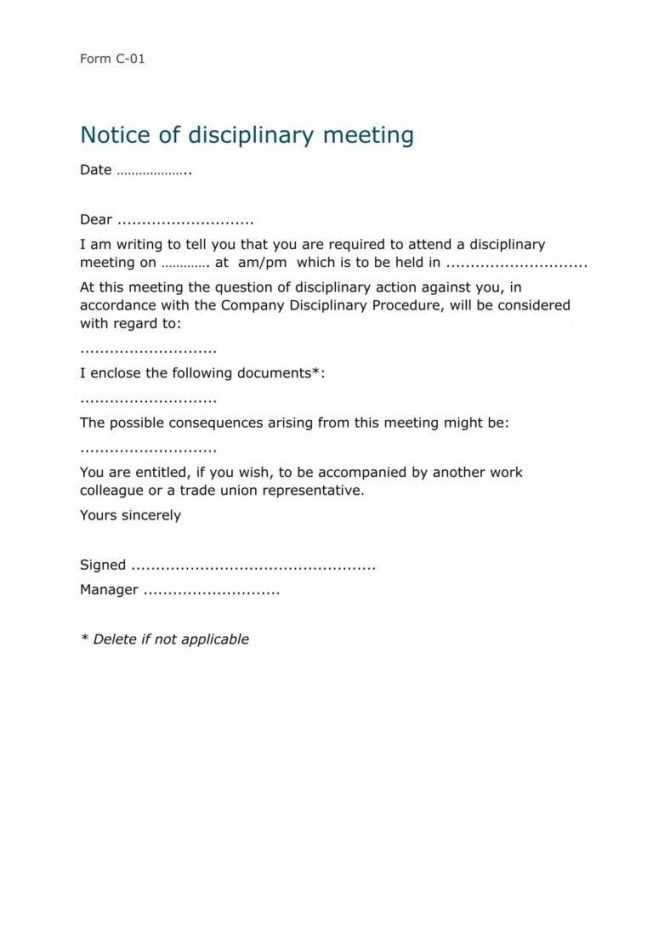
Although predefined formats provide structure, it is important to customize them according to the specific situation. Tailoring the document ensures that the tone and message are appropriate for the severity of the issue and the individual involved. Customization can include adjusting the level of detail or adding specific instructions for improvement.
Common Modifications
- Tone: Whether formal or conversational, the tone should align with the nature of the incident.
- Specific actions: Include any steps the employee must take to resolve the issue, such as attending training sessions or meeting performance targets.
By following these guidelines, employers can ensure that their communications are clear, professional, and focused on fostering improvement rather than punishment.
Crafting Effective Employee Accountability Documents
In any professional environment, formal communication is essential when addressing issues that affect productivity, behavior, or performance. Having structured documents to address these matters ensures clarity and consistency in the process. By utilizing well-designed frameworks, employers can present clear expectations, outline corrective actions, and maintain a fair approach to employee management.
Why Structured Communication Matters
Structured communication enables organizations to clearly convey their message while avoiding misunderstandings. When clear expectations are set, employees are more likely to understand the issue and what steps they need to take to resolve it. Using predefined frameworks can streamline the process and ensure consistency across various situations.
Common Elements of Effective Documents
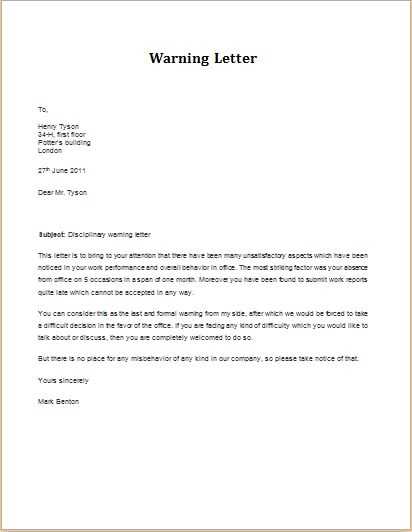
While each communication may differ based on the specific situation, certain elements should always be included for clarity and professionalism. These include:
- Issue description: Clearly state the problem or concern at hand.
- Expected actions: Outline the necessary steps to address the issue and improve the situation.
- Potential consequences: Explain the outcomes if the behavior or issue persists.
By integrating these components into every document, employers ensure a consistent and fair approach to addressing employee concerns.
Adapting Documents for Different Scenarios
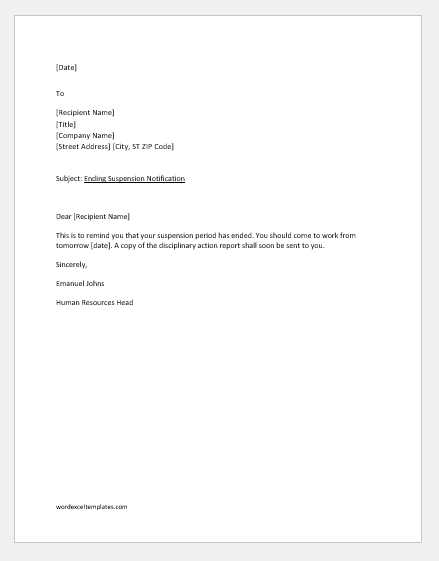
Every situation requires a tailored response. Adapting communication templates for specific cases is important for addressing unique circumstances and ensuring that the message resonates. Whether the issue is minor or severe, adjusting tone and language can help communicate the right level of urgency and support.
Following these guidelines ensures that communications are effective, clear, and legally sound. By maintaining a structured and adaptable approach, employers can manage workplace issues professionally and fairly.